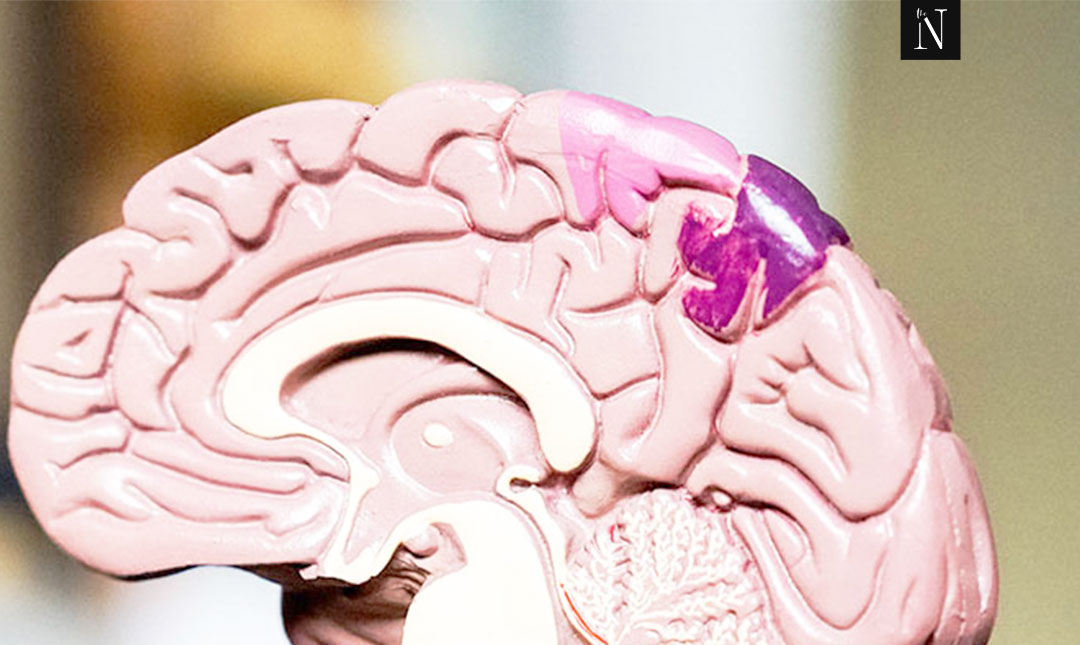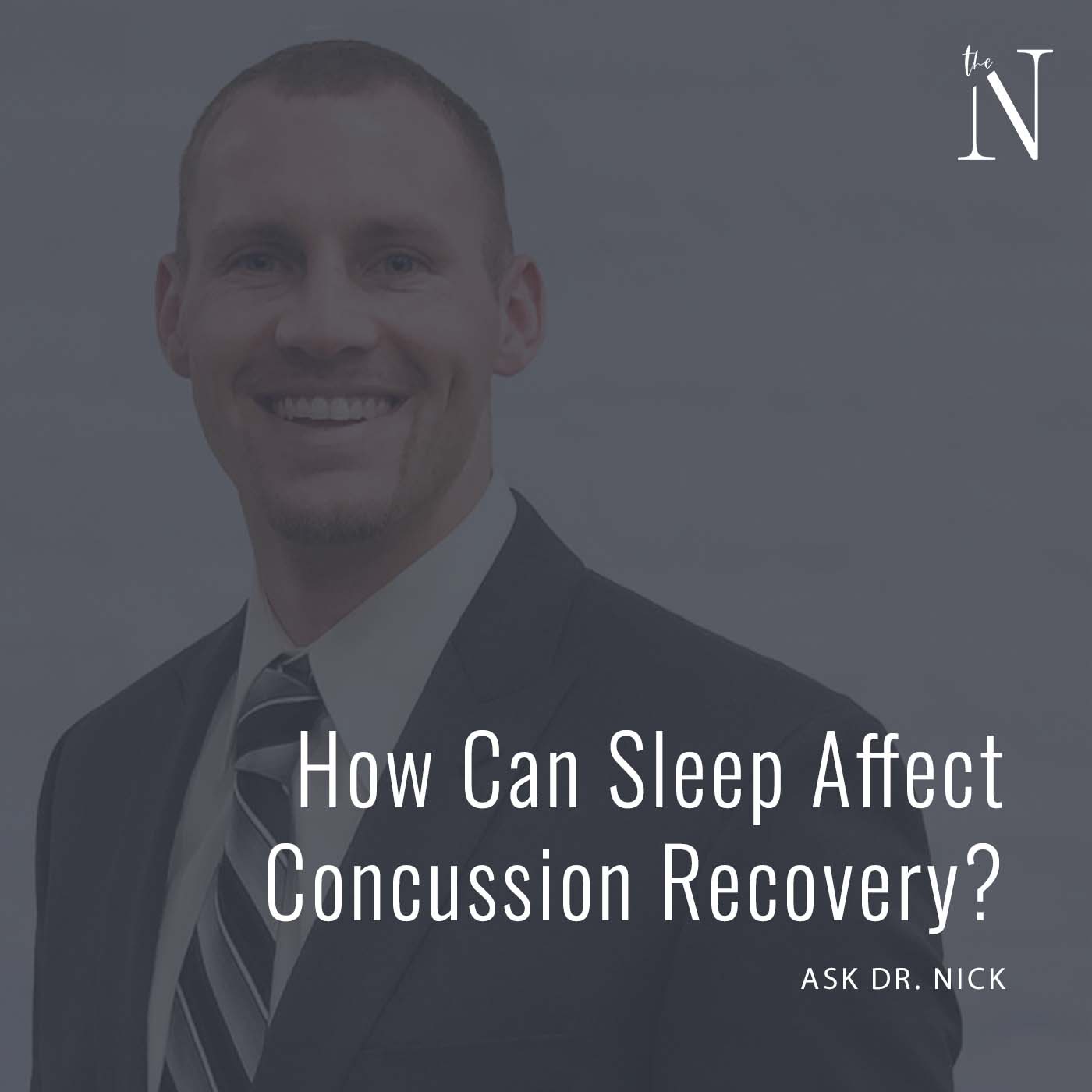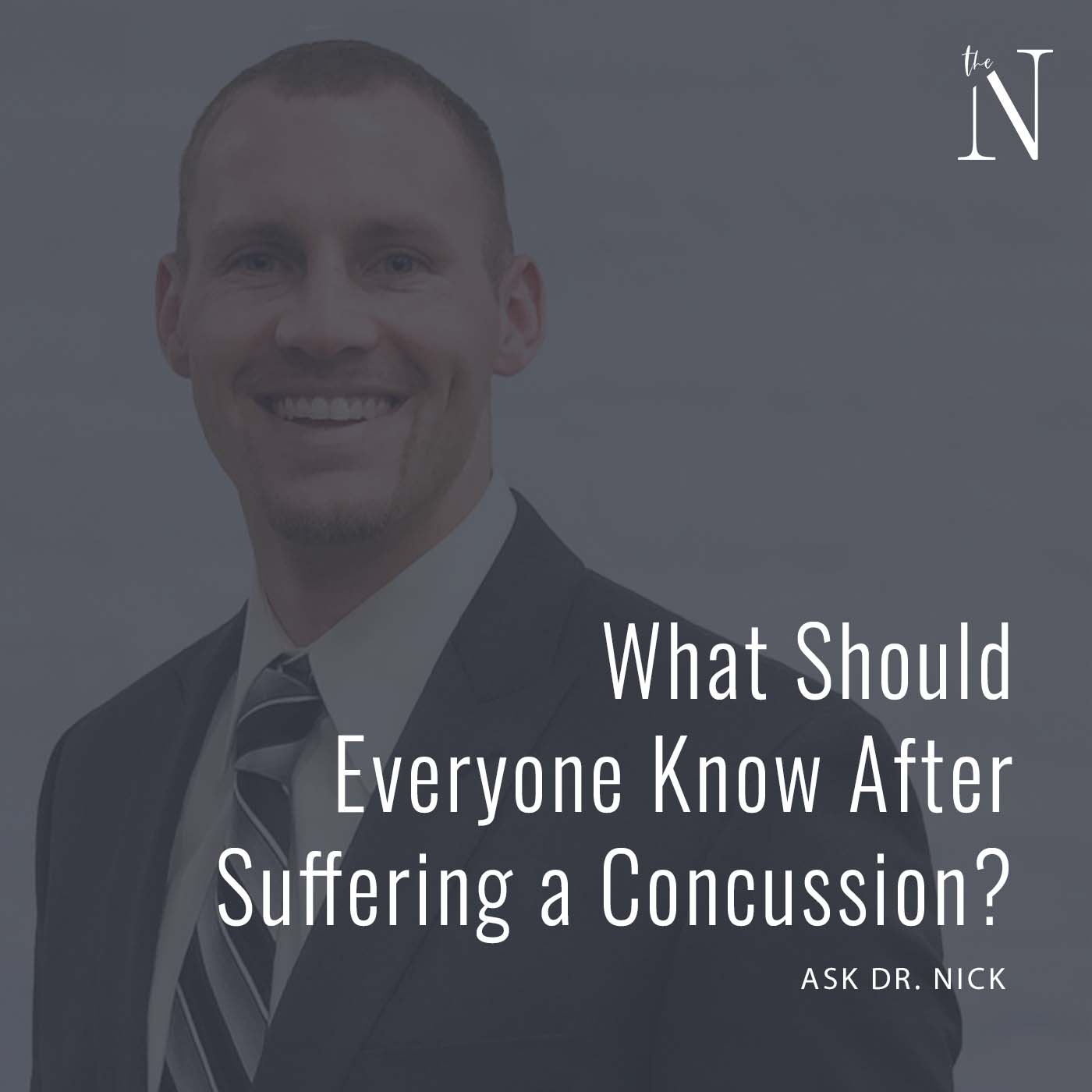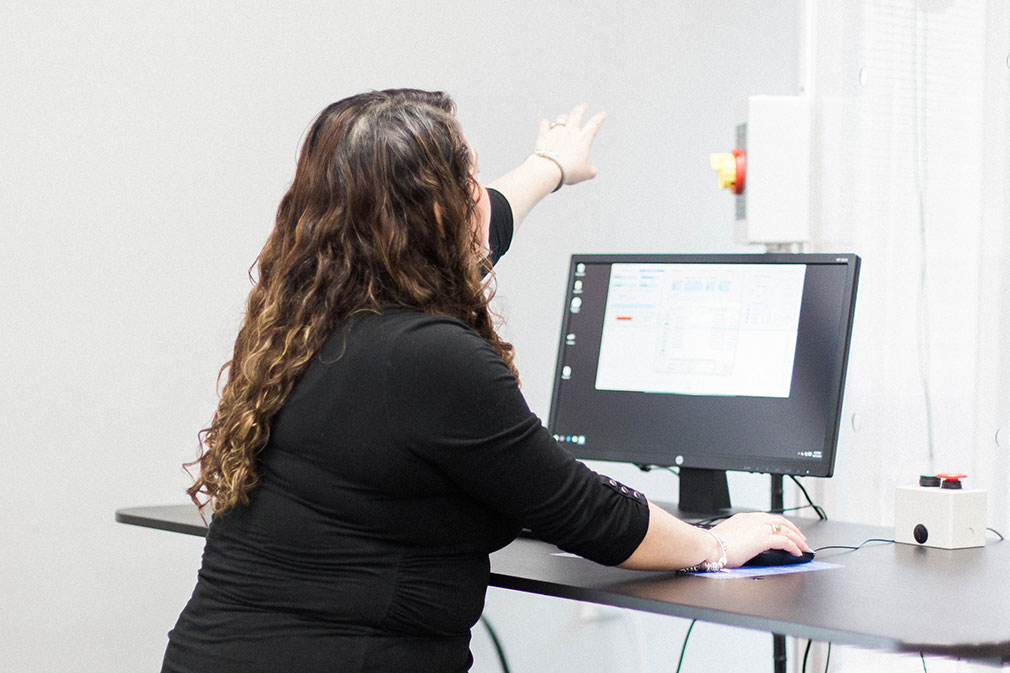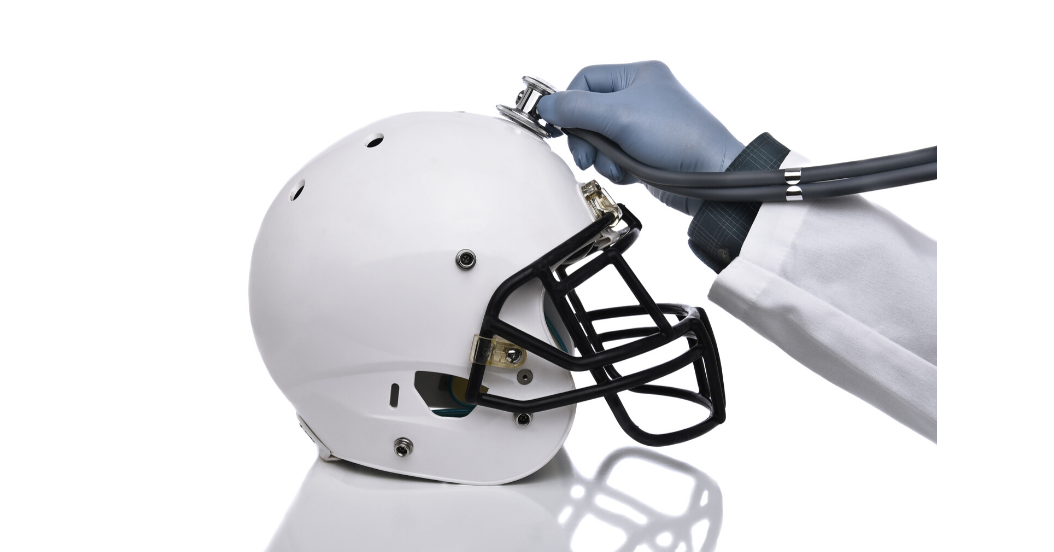 “Vision-based testing is useful in the diagnosis of concussion along with testing of balance and cognition.”
“Vision-based testing is useful in the diagnosis of concussion along with testing of balance and cognition.”
A question we commonly get is “what type of testing do you do for concussions, and how is it different?”
Concussion Evaluation at NWI
All patients who have suffered from a concussion undergo a 3 hour initial evaluation. This testing involves the following:
- Digital recording of eye movements
- Recording of balance on a digital platform
- A cognitive assessment
- A QEEG recording of brain wave activity
- An assessment of reaction time and coordination
- A comprehensive neurological examination
Digital Eye Movement Recording
Digital eye movement recording is very important for concussion assessment as head injuries can produce eye movement disorders in up to 90% of people. Eye movements are controlled by specific areas of the brain and can be used as a measurement of the functional health of those regions. Digital eye recording is not only a means of assessment and diagnosis, but it is also a means of monitoring progress throughout treatment.
Balance Assessment
Following a concussion, some people experience dizziness and balance problems. Human balance is a complex system which allows us to subconsciously fight against gravity. Balance testing can be very useful to objectively monitor how stable a person is regarding their balance, where their brain believes the body is in space, and assess fall risk. Poor balance immediately following a concussion has been associated with a delayed functional recovery.
Cognitive Assessment
Cognitive problems, memory difficulties, and brain fog are common symptoms after a concussion. Our clinicians perform cognitive testing to better understand why each patient may be struggling during daily life activities. Based on these results, our clinicians apply a variety of cognitive exercises to improve brain function.
For more information about Neurologic Wellness Institute and our Concussion Rehabilitation Program please contact us at: https://neurologicwellnessinstitute.com/contact/
Reference
Hasanaj et al. Rapid number naming and quantitative eye movements may reflect contact sport exposure in a collegiate ice hockey cohort. Journal of Neuro-Opthalmology. 2017.

